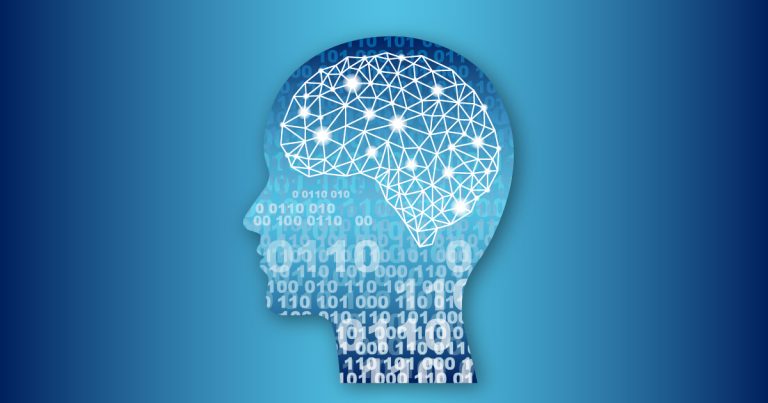
Binary Logic: The Language of Computers
In today’s digital era, computers have become an integral part of our lives, but few delve into the underlying principles governing these machines. At the heart of every computer lies the simplicity and elegance of binary logic. Let’s journey into this world and uncover the language that computers truly understand.
What is Binary Logic?
Binary logic operates on the principle that all variables have two distinct states: true or false, often represented by 1 or 0 respectively. It forms the foundational concept upon which electronic circuits, like those in computers, are built.
Why Binary?
You might wonder: Why not use a system with more numbers? The answer lies in electronics. Digital circuits have two stable states, represented by high and low voltage levels. Thus, binary, with its two states, is a natural fit for electronic devices.
Basic Logic Gates
These are the building blocks of all electronic devices:
AND Gate: Produces a ‘true’ or ‘1’ output only when both its inputs are ‘true’ or ‘1’.
OR Gate: Produces a ‘true’ output if at least one of its inputs is ‘true’.
NOT Gate: Inverts its input. If ‘true’ is input, ‘false’ is output and vice-versa.
These gates, in various combinations, can create more complex gates and circuits, giving rise to the vast capabilities of modern computers.
Binary Numbers and Arithmetic
Binary number system is base-2, using only 0 and 1. Operations such as addition, subtraction, multiplication, and division can be executed in binary form, much like base-10 arithmetic, but with different rules.
For instance, in binary:
1 + 1 = 10
1 + 0 = 1
0 + 1 = 1
0 + 0 = 0From Binary to High-Level Languages
While binary is the fundamental language of computers, humans generally don’t code in binary. Instead, we use high-level programming languages. So, how do we bridge the gap?
Assembly and Machine Code:
Assembly language provides a more human-readable representation of binary instructions. Assemblers convert assembly code into machine code (binary format) that the computer can execute.
Compilers:
For even higher-level languages like Python or Java, compilers translate the code written by developers into machine code.
Applications of Binary Logic
Binary logic is not restricted to arithmetic operations. It also governs:
- Data Storage: All information on a computer, from files to photos, is stored in binary format.
- Communications: Data transmitted over networks, including the internet, is sent in binary packets.
- Graphics: The colors on a screen are displayed based on binary values interpreted by the computer’s graphics processor.
The Future of Binary
While binary logic is fundamental to current computer systems, research into quantum computing might change the game. Quantum bits or qubits can represent more than two states, potentially revolutionizing the field. However, for the foreseeable future, binary remains king.
Binary logic, with its simplicity and elegance, has paved the way for the technological marvels of today. It is a testament to the fact that when simple components come together in a systematic manner, they can create systems of immense complexity and capability. As you switch on your computer or tap your smartphone screen, take a moment to appreciate the binary symphony playing out beneath.